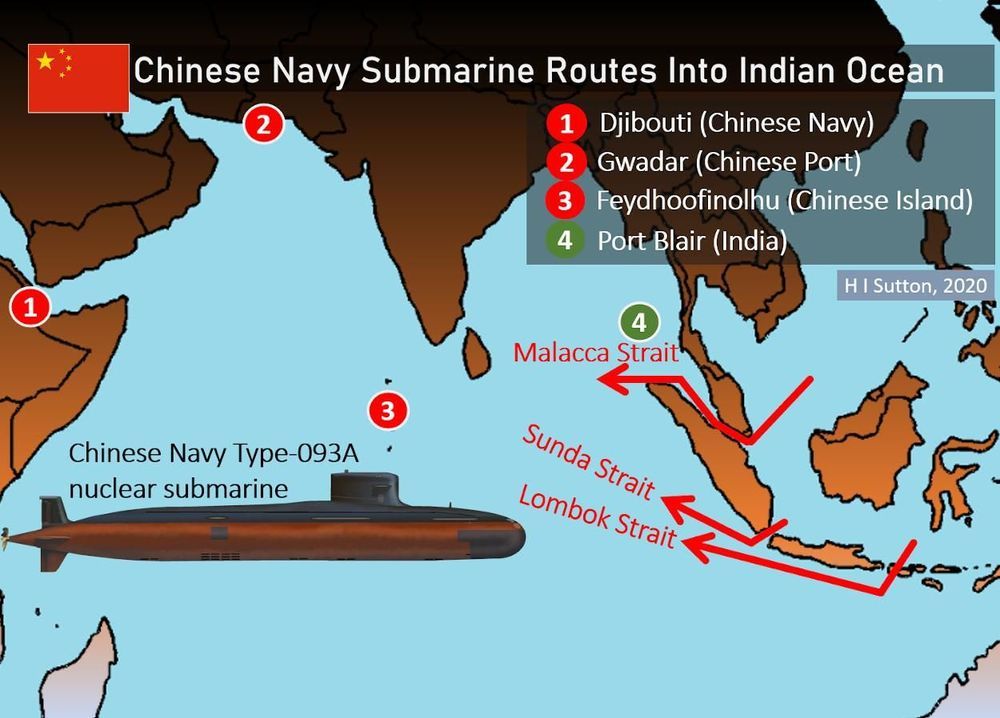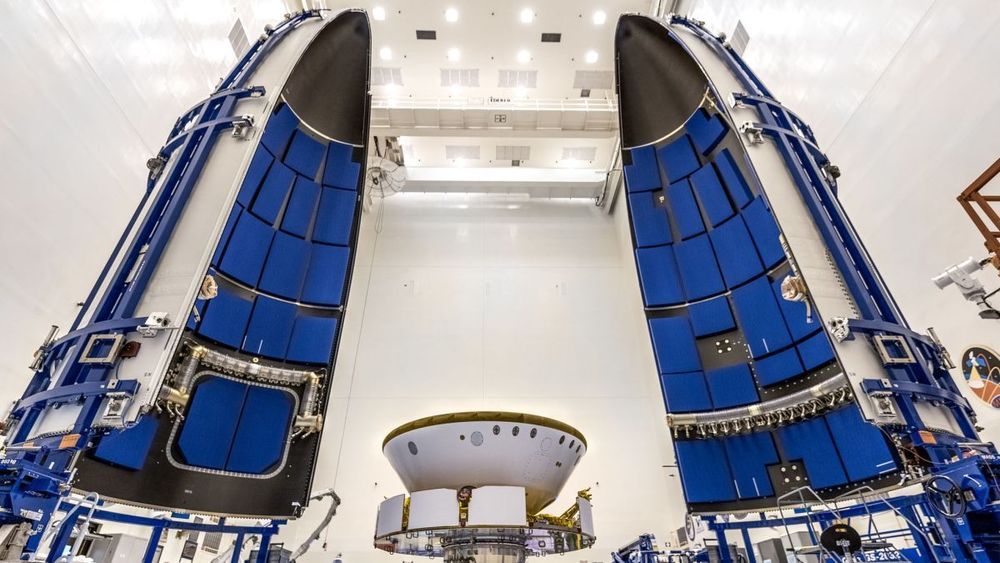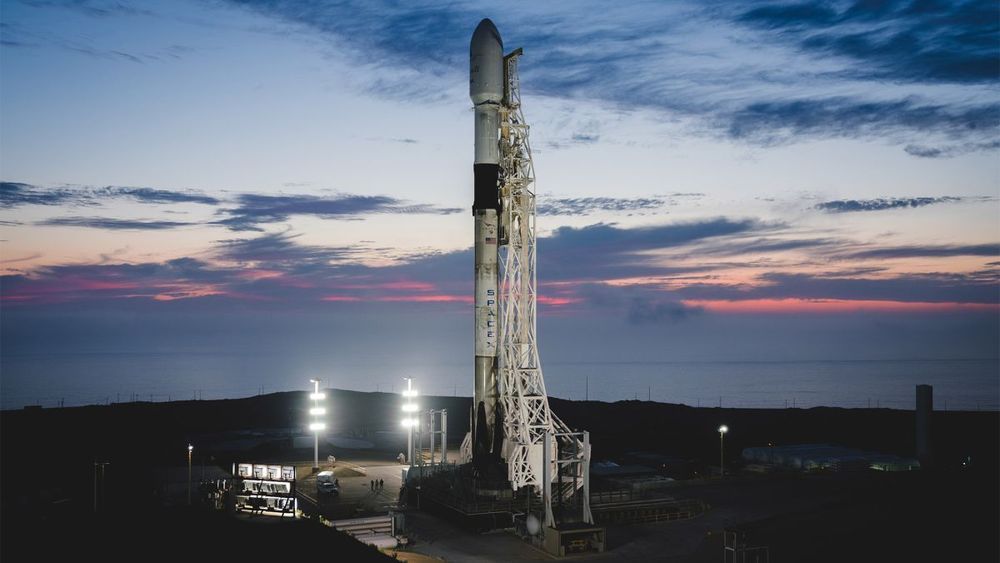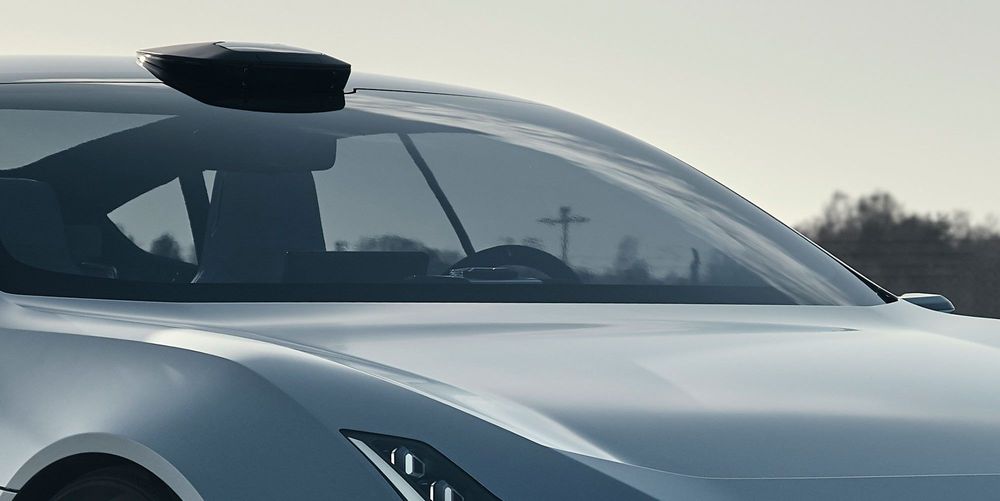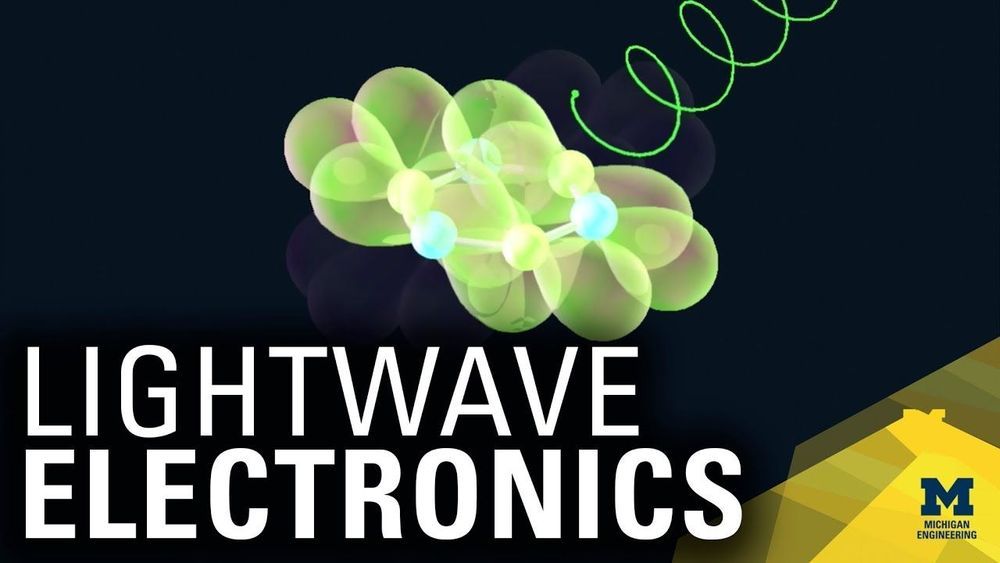Jun 26, 2020
Chinese Navy Submarines Could Become A Reality In Indian Ocean
Posted by Quinn Sena in category: futurism
In wartime, Chinese submarines might slip through the Sunda Strait or Lombok Strait. These pass between the chain of Indonesian that separate the Pacific and Indian Oceans. One advantage over the Malacca Strait, which runs past Singapore, is that it would deliver the submarines to the deep water of the eastern Indian Ocean. From there they could take less obvious routes to their targets.
The Sunda Strait would be the shortest route, but it is very shallow at its eastern end so the deeper Lombok Strait might be preferred. There a submerged passage is likely considered feasible to the Chinese Navy.
Once through into the Indian Ocean, the submarines could get rearmed or resupplied without having to return to China. The Chinese Navy has already built a base in Djibouti on the Horn of Africa. Even if the submarines themselves did not call in to the port, which would be closely monitored, vessels could operate from there to carry out at-sea replenishment.
